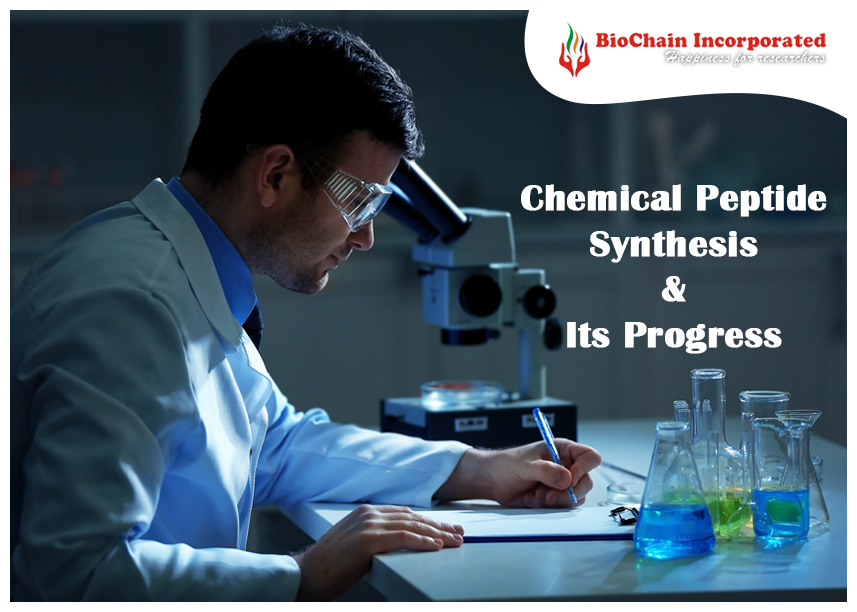What Are The Developments In Chemical Synthesis Of Proteins?
Protein plays a significant role in peptide synthesis in India. This blog figures out the development that usually takes place in the chemical synthesis of proteins.
In recent years, development is visible in the sector of genome sequencing decoding. The thermo fisher scientific products distributors focus on the production of a specific protein. This blog starts with the production of a specific protein.
Chemical Synthesis Of Peptides
Peptides are organic compounds made up of amino acids connected by peptide bonds. They play an important role in many biological processes and have therapeutic potential in a variety of diseases. The chemical synthesis of peptides has become an important area of research in medicinal chemistry and drug discovery. In this blog post, we will discuss the chemical synthesis of peptides, including the methods and strategies involved.
● Peptide Synthesis Methods
There are two main methods for synthesizing peptides: solid-phase peptide synthesis (SPPS) and liquid-phase peptide synthesis (LPPS). SPPS is the most widely used method due to its simplicity and versatility.
● Solid-Phase Peptide Synthesis (SPPS)
SPPS involves the use of solid support to which the peptide is attached. The solid support is typically a resin with functional groups that can react with the amino acid side chains. One can carry the synthesis in a stepwise manner, with each amino acid being added one at a time. The peptide chain is elongated by activating the carboxyl group of the incoming amino acid. Coupling it to the amino group of the growing peptide chain.
The activation is usually achieved by using a coupling reagent, such as dicyclohexylcarbodiimide (DCC) or N, N'-diisopropyl carbodiimide (DIC). The coupling reaction is usually carried out in the presence of an activator. Such as 1-hydroxy benzotriazole (HOBt) or N-hydroxy benzotriazole (HOAt). Also a base, such as N-methyl morpholine (NMM) or diisopropylethylamine (DIEA).
Once the amino acid is coupled to the growing peptide chain. The protecting group on the amino acid side chain is removed. This is typically achieved by using a mild acid, such as trifluoroacetic acid (TFA), which cleaves the protecting group without affecting the peptide bond. The cycle of coupling and deprotection is repeated until the desired peptide sequence is obtained.
Finally, the peptide is cleaved from the resin and the protecting groups are removed. The cleavage is usually achieved by using a cleavage reagent, such as hydrogen fluoride (HF), and trifluoroacetic acid (TFA). One can include a mixture of TFA and thioanisole (anisole containing a thiol group.
The Bottom Line
Biochain is the only peptide synthesis company in India that tells you everything about peptide synthesis. So, get in touch with the renowned brand today as we are waiting to serve you out. Contact the best thermo fisher distributors and get quality products.



.png)

.png)


.png)
.png)
.png)
.png)
.png)